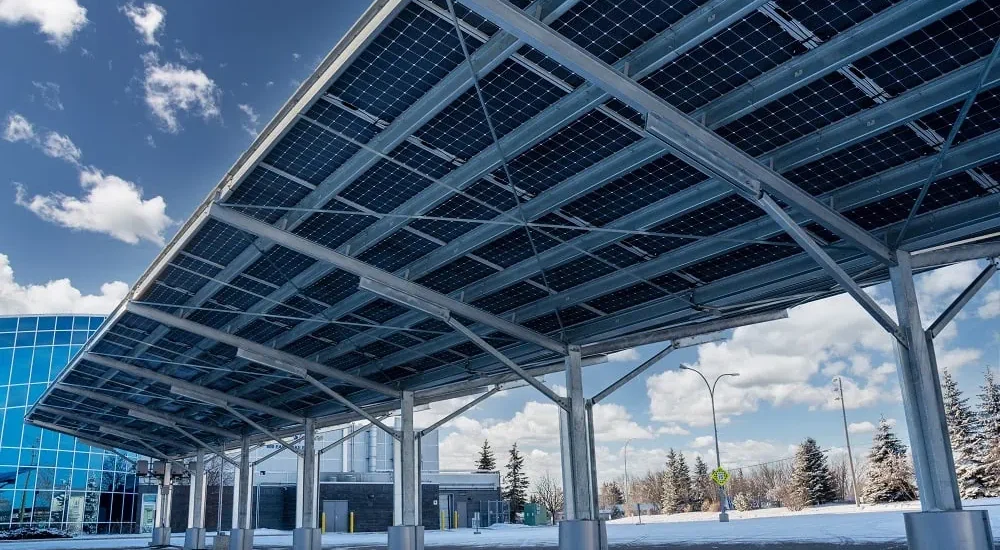The Role of Steel in Renewable Energy and How It’s Transforming the Industry
- December 13, 2024
- Posted by: aqibnazir280@gmail.com
- Category: GIST

Introduction
The renewable energy sector is rapidly growing, and steel plays an integral role in this transformation. From wind turbine towers to solar power infrastructure, steel is essential for the construction and operation of renewable energy systems. In this blog post, we’ll explore the role of steel in renewable energy and the opportunities it creates for businesses in the steel industry.
1. Steel’s Role in Wind Power
Wind energy is one of the fastest-growing renewable energy sources, and steel is a key material in the construction of wind turbines. Steel is used to build the towers, nacelles, and other critical components that enable turbines to generate electricity.
- Offshore Wind Farms: Offshore wind farms, which require larger and more durable turbines, are seeing increasing investment, particularly in Europe and Asia. Steel’s strength, durability, and resistance to harsh marine environments make it the perfect material for offshore wind farm infrastructure.
- Onshore Wind Farms: Onshore wind farms are also growing in number, particularly in the U.S. and parts of Asia. Steel demand for onshore wind turbine construction continues to rise as countries look to expand their renewable energy capacity.
2. Steel in Solar Power Infrastructure
Steel is widely used in the construction of solar panel frames, support structures, and mounting systems. As solar energy continues to grow, so does the demand for steel in this sector.
- Solar Panel Manufacturing: The demand for steel in solar power infrastructure has been growing steadily. Steel is used for framing solar panels and providing stability and support for large-scale solar farms.
- Solar Energy Storage Systems: Steel is also crucial in the production of energy storage systems, such as batteries used to store solar energy. These systems are vital to ensuring a stable and reliable power supply from intermittent renewable energy sources like solar power.
3. Steel in Hydrogen Production
Hydrogen is emerging as a critical component of the global push for cleaner energy, and steel plays a vital role in hydrogen production facilities.
- Hydrogen Storage and Distribution: Steel is used to construct hydrogen storage tanks and pipelines. As the demand for hydrogen energy increases, particularly in transportation and industrial applications, the need for steel in hydrogen infrastructure is also expected to grow.
- Electrolyzers for Green Hydrogen: Steel is used in electrolyzers that separate hydrogen from water through electrolysis, a key process in producing green hydrogen. This technology is gaining popularity as a cleaner alternative to fossil fuel-based hydrogen production.
4. Challenges and Opportunities for the Steel Industry
While the renewable energy sector presents immense opportunities for steel producers and traders, it also comes with challenges.
- Sustainability Requirements: As demand for green energy grows, so does the demand for greener steel. Steel producers are working to reduce their carbon footprint by investing in sustainable production methods, including hydrogen-based steelmaking.
- Global Supply and Demand: Steel producers must balance the growing demand for renewable energy projects with the challenges of material availability, cost fluctuations, and supply chain disruptions.
Conclusion
Steel plays a pivotal role in driving the renewable energy revolution. With the expansion of wind, solar, and hydrogen energy systems, the demand for steel in these sectors will continue to rise. By embracing sustainability and innovation, Gulf International Steel Trade LLC is well-positioned to meet the growing demand for steel in renewable energy projects and contribute to a greener, more sustainable future.
